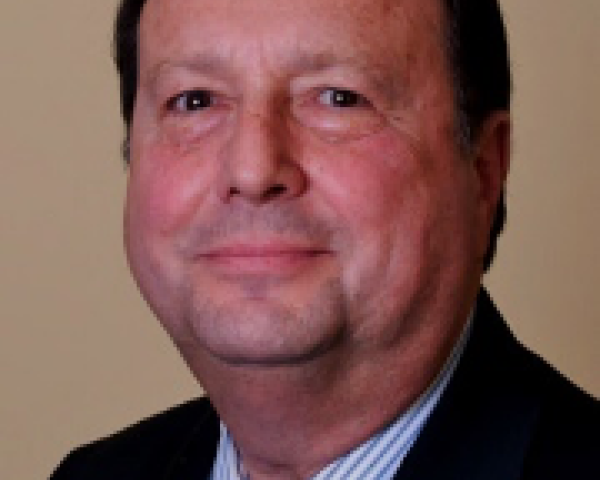The phrase “gradually, then suddenly” comes from Ernest Hemingway’s 1926 novel "The Sun Also Rises," when Mike Campbell is asked how he went bankrupt. “Two ways,” he answers. “Gradually, then suddenly.” These simple but profound words also apply to changes in the insurance claims IT industry over the last few decades, and to how today’s insurance industry leaders need to be thinking and acting to avoid the “suddenly” outcome.
The insurance claims process has changed enormously since 1980s. Back then, it was stubbornly long and involved many phone calls and messages, dozens of hours of effort, numerous different insurance staff, field appraisers, desk adjusters and managers, hundreds of local claims offices, rooms full of mail, mountains of paper, cavernous file storage facilities and a great deal of time and frustration for everyone involved. Today, most auto claims are being resolved “touchlessly” in hours or days through near-real-time digital exchanges among policyholders, insurers, repairers and claims service providers.
When one analyzes how we got from “there” to “here,” it’s clear that it did not happen suddenly but in fact very gradually. The first laptop was introduced in 1980. The internet and email started to appear within the insurance claims process around 1985, and shortly thereafter automated collision estimating software became available. The direct repair program (DRP) concept was introduced in the U.S. in 1990, the same year that the World Wide Web (today’s internet) became generally available, enabling communications and commercial relationships between auto insurers and repairers and allowing insurance claims staff and collision repair shops to communicate with one another electronically for vehicle repairs.
See also: Untapped Potential of Artificial Intelligence
While DRPs grew to ultimately absorb well over 50% of all insurance repairs, not much else changed dramatically until 2007, when the first iPhone became available. It was not until the early 2010s that smartphone adoption exploded and insurers raced to adopt digital business platforms across the enterprise. In less than 10 years, the auto claims process moved to digital via smartphones and evolved into today’s nearly touchless process.
Moore’s Law and ‘Suddenly’
Therefore, “suddenly” actually occurred over more than 35 years. The slowness of these changes could easily lull one into a fall sense of complacency about innovation and disruption. But that would be a big mistake, and here’s why: Moore’s law will quickly turn “gradually” into “suddenly.”
Moore’s law, as many readers will know, observes that computing will dramatically increase in power and decrease in relative cost at an exponential pace. Today, this is known as exponential doubling, by which the pace of computing-based innovation driven by ever-cheaper technology will continue to double in ever-shorter periods. This pace will actually make “gradually, and then suddenly” redundant.
In terms of the “gradually” signals to which insurers must pay very close attention, the slow and steady entry by OEMs into the auto insurance and accident management process through connected car technologies requires strategic planning and responses sooner than later. In fact, all of the connected technologies—home, wearables, production facilities, buildings and smart cities—represent threats to insurers that do not understand, leverage and manage them before others do.
See also: Cognitive Computing: Taming Big Data
So, it’s not your imagination that the world around you, including the insurance industry in which we work, is changing at an ever-increasing pace. It is, and, to compete effectively and survive, we will have to adapt our thinking and actions to exponential doubling.


